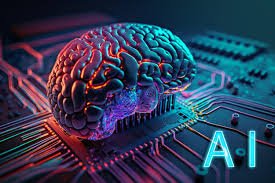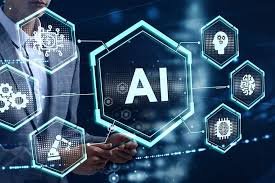The term “artificial intelligence” pertains to the discipline of computer science which aspires to develop machines capable of executing tasks that typically necessitate human input. These tasks encompass the ability to reason, learn from previous encounters, comprehend language, picture recognition, and the ability to make judgments. The scope of AI can generally be split into two forms:
- Narrow AI (otherwise referred as Weak AI): This is an AI that is created and trained for only one specific task, for example, facial recognition, web searching or driving. These kind of systems are extremely proficient in certain tasks but are absent of intelligence in general. Most applications of AI today, think virtual assistants for example Siri, Alexa, are all meshed in the Narrow AI enclave.
- General AI (also known as Strong AI): This is a type of an advanced AI system that would function as a human brain cognitive skill. A General AI system will comprehend everything and use its intelligence to resolve any problem, even a problem that requires human beings in most cases. The true sense of General AI has not been achieved to date however that is one of the main objectives of AI horizons.
In addition, AI approaches include various methods such as:
- Machine Learning (ML): One of the approaches of AI where the system improves with experience and does not have to be designed or programmed for each task. This includes algorithms and models that enable systems to recognize patterns and make predictions or decisions based on data.
- Deep Learning: A narrow and advanced form of machine learning which processes a lot of information using artificial neurons that has numerous levels i.e. deep neural networks. Deep learning has found great applications in image and voice related tasks due to its efficient processing capabilities.
- Natural Language Processing (NLP): This is another subdivision of AI technology that deals with the way computers and human speech communicate with each other. Most importantly, thanks to ai ocr technology, computers can read, comprehend and respond to any utterance – human language.


